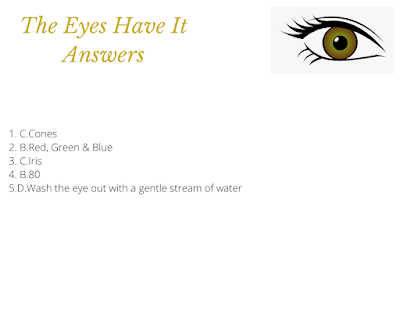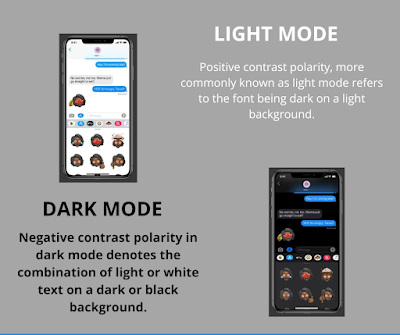October
is Eye Injury Prevention Month which I have already covered this month. There
are several worthy causes to observe like Breast Cancer Awareness, Domestic
Violence and Mental Health this month. As an optometrist, October is contact
lens safety month so I will cover this. This month is dedicated to helping
educate the public on the best ways to protect their eyes when wearing contact
lenses through proper care. According to the Centers for Disease Control and
Prevention, approximately 41 million Americans wear contact lenses.
Contact
lenses can be safe and effective in helping people see clearly. When improperly
used they can also cause significant eye and vision problems.
Whether
you wear contact lenses to improve vision or as part of a costume, it is
important to do so under the guidance of an eye care professional. As Halloween
is near the FDA wants to remind the public that consumers need a prescription
for contact lenses including those used for "decorative" or "cosmetic"
purposes.
Some of the possible consequences of wearing contact lenses improperly are:
- Corneal ulcers
- Eye infections
- Pink eye
- Corneal abrasions
- Keratitis
- Dry Eyes
- Giant papillary conjunctivitis
Proper handling tips for contact lens wearers:
- Never share your contact lenses
- Don’t sleep with contact lenses in
- Never reuse old contact lens solution
- Only use eye drops while wearing contact lenses if they are specifically recommended by your eye doctor
- Clean and store contacts properly
- Always wash your hands before handling your contact lenses
- Replace your contact lens case at least every three months
- Don't store your lenses in tap water, and don't swim or shower in your lenses either. Only proper contact lens solution.
Sources:
#eyegotcha
#PittsburghEyeCare
#PittsburghOptometrist






